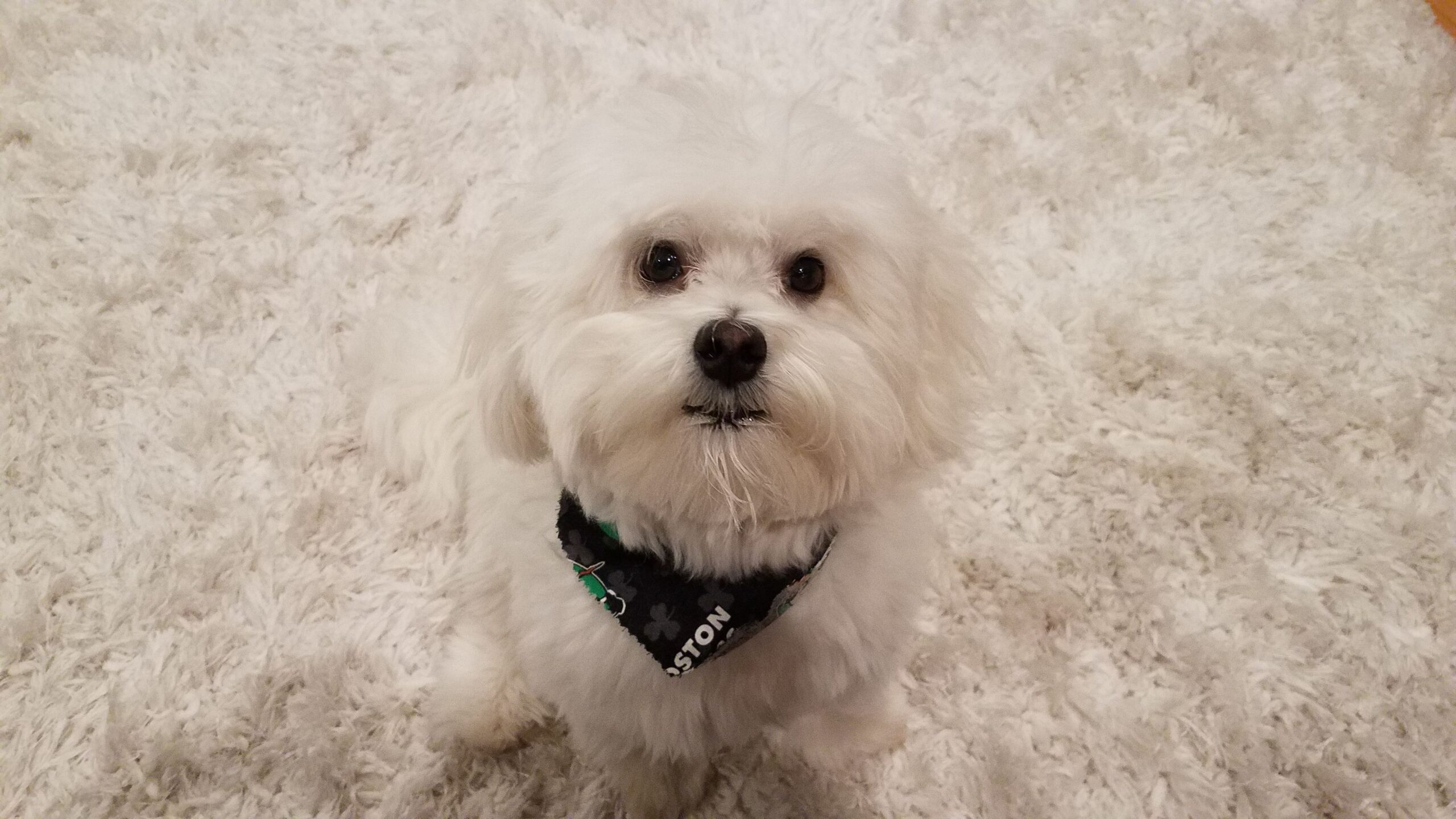
Leaders come in all shapes and sizes; sometimes, the best have four legs and a tail. Our canine companions are more than just pets; they are teachers in disguise, offering valuable insights into effective and powerful leadership lessons.
Late Neo Shandilya joined our family in May 2018 on my son’s birthday. Though Neo left us unexpectedly in 2020, he taught many leadership lessons that I hope to share via this article.
Selflessness (Steady Compassion) Dogs exemplify selfless leadership; they often conceal their discomfort and challenges yet continue to wag their tails and offer affectionate gestures, focusing on uplifting those around them. This noble trait was consistently embodied by our cherished dog, Neo, who maintained this compassionate demeanor until his final moments.
Unwavering Loyalty (From the Dog’s Heart) The most endearing quality of a dog is its loyalty. A leader who displays unwavering loyalty to their team creates an environment of trust and safety. This fidelity encourages open communication and a strong, united team.
Communication that Speaks Volumes (The Bark and Tail Wag) A dog’s ability to communicate without words, using body language and sounds, is an art. Influential leaders must master the art of clear, concise communication, ensuring that their team understands their vision and feedback.
The Art of Adaptability (New Tricks for Old Dogs) Dogs adapt to new environments and situations with ease. Leaders must emulate this adaptability, showing flexibility in their strategies and decision-making processes to navigate the ever-changing business landscape.
Team Spirit (The Pack Mentality) Dogs are natural team players, especially when part of a pack. This highlights the importance of teamwork and collaboration. A successful leader fosters a sense of belonging and ensures that every team member’s voice is heard and valued.
Leading with Empathy (A Dog’s Sixth Sense) The empathy a dog shows towards its human is nothing short of remarkable. Leaders should strive to understand and share the feelings of their team members, creating an empathetic and supportive work environment.
Consistency is Key (Routine Matters) Dogs thrive on routine and consistency. Leaders should be consistent in their actions and expectations. This consistency builds trust and sets clear standards for the team.
Infectious Enthusiasm (Tail Wags of Positivity) Dogs approach life with boundless enthusiasm. A leader with a similar positive attitude can inspire and motivate their team, creating a workplace where enthusiasm drives innovation and engagement.
Patience Pays Off (The Waiting Game) A dog’s patience, especially when learning something new, is exemplary. Leaders must remember that patience and persistence are essential for achieving long-term goals and fostering a culture of continuous learning and improvement.
Trusting Instincts (The Intuitive Leader) Dogs often rely on their instincts. Leaders can learn from this, sometimes trusting their gut feelings when making crucial decisions, especially in complex, uncertain situations.
Protective Leadership (The Guardian Role) Dogs are protective of their owners. Similarly, leaders should take responsibility for their team’s wellbeing, ensuring a safe and supportive environment where everyone can thrive.
Our canine companions teach us more about leadership than we might realize. By observing and learning from these traits, leaders can develop a more compassionate, effective, and dynamic approach to leading their teams. So, the next time you watch your furry friend, remember that there might just be a leadership lesson waiting to be discovered.













